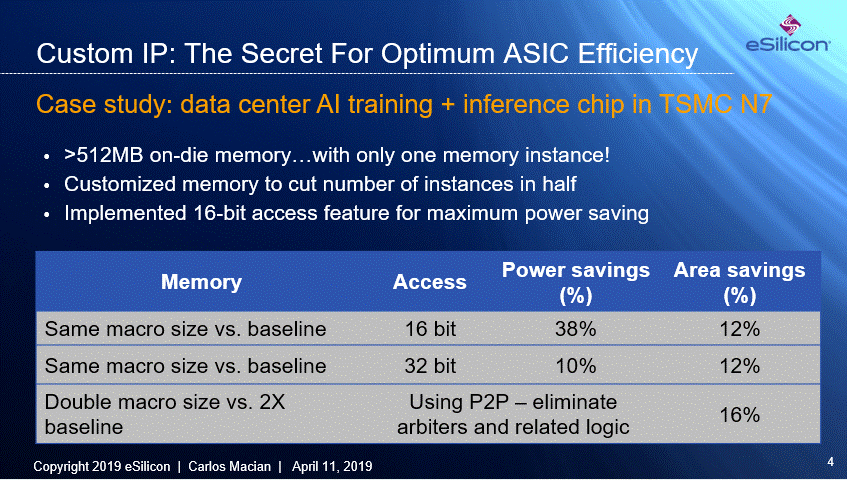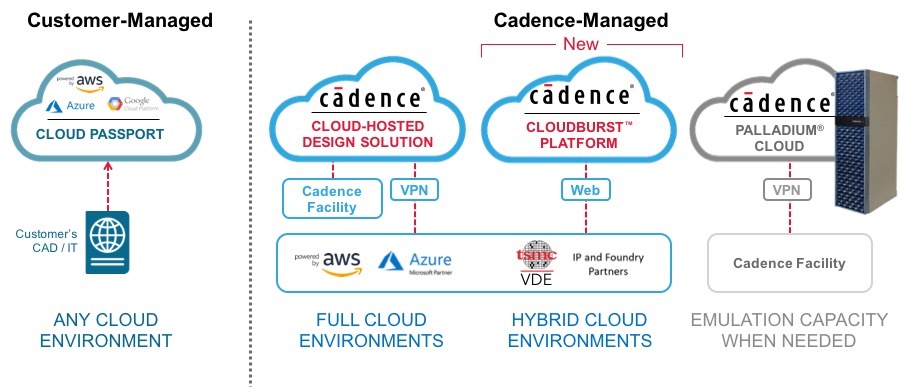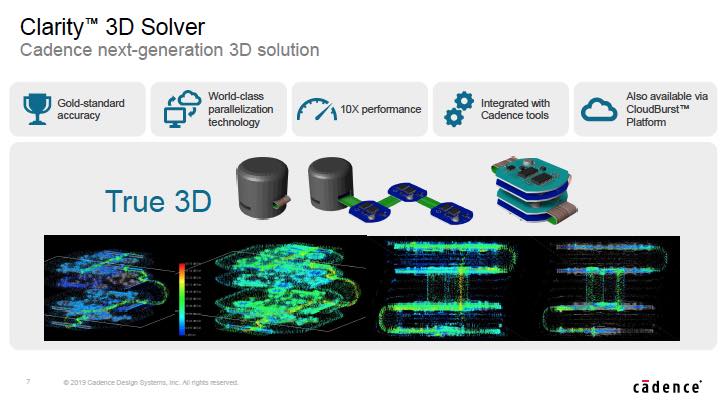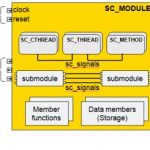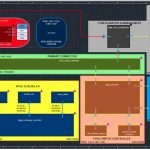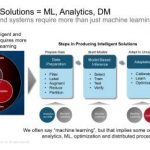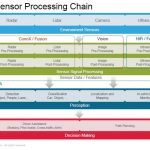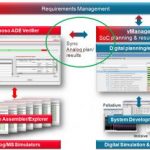You are currently viewing SemiWiki as a guest which gives you limited access to the site. To view blog comments and experience other SemiWiki features you must be a registered member. Registration is fast, simple, and absolutely free so please,
join our community today!
WP_Term Object
(
[term_id] => 15
[name] => Cadence
[slug] => cadence
[term_group] => 0
[term_taxonomy_id] => 15
[taxonomy] => category
[description] =>
[parent] => 157
[count] => 630
[filter] => raw
[cat_ID] => 15
[category_count] => 630
[category_description] =>
[cat_name] => Cadence
[category_nicename] => cadence
[category_parent] => 157
[is_post] =>
)
During the SoC Design Session at the just concluded Linley Spring Processor Conference in Santa Clara, Carlos Macian, Senior Director AI Strategy and Products at eSilicon, held a talk entitled ‘Opposites Attract: Customizing and Standardizing IP Platforms for ASIC Differentiation’.
Standardization is key to IP in modern … Read More
If you’re in verification and you don’t know who Paul Cunningham is, this is a guy you need to have on your radar. Paul has risen through the Cadence ranks fast, first in synthesis and now running the verification group, responsible for about a third of Cadence revenue and a hefty percentage of verification tooling in the semiconductor… Read More
Cadence CEO Lip-Bu Tan is always an interesting guy to listen to for his broader technology industry overview and his insight into emerging tech through his Walden International investments. Though we’re usually heads-down in challenging technical problems, it’s good to look up from time to time to check whether what … Read More
The cloud is a highly popular term that a lot of people don’t fully understand. If you are one of those people please read on as I will share my experience, observations, and opinions. Even if you are a cloud aficionado you may want to catch up on what’s new with EDA cloud services so again read on.
When we first started SemiWiki 9 years … Read More
The need for full wave EM solvers has been creeping into digital design for some time. Higher operating frequencies – like those found in 112G links, lower noise margins – caused by multi level signaling such as in PAM-4, and increasing design complexity – as seen in RDL structures, interposers, advanced connector… Read More
Update on SystemC for High-Level Synthesisby Tom Dillinger on 03-26-2019 at 12:00 amCategories: Cadence, EDA
The scope of current system designs continues to present challenges to verification and implementation engineering teams. The algorithmic complexity of image/voice processing applications needs a high-level language description for efficient representation. The development and testing of embedded firmware routines… Read More
Many electronic product ideas start out as sketches on the back of a napkin, then migrate over to diagrams drawn in Visio or PowerPoint, finally entered into EDA-specific tools. With that methodology there’s a big disconnect between the diagrams drawn with a purely graphical tool and the EDA tools, because there’s… Read More
At the recent DesignCon 2019 in Santa Clara, I attended a couple of sessions where Cadence and their research partners provided some insight on machine learning/AI and on large system design analysis; with the first one focused on real-world cloud & machine learning/AI deployment for hardware design and the second one focused… Read More
To replace a human driver, autonomous car will have to “see” and do it in a better way than human being. The available solution, based on camera, radar, lidar, is not perfect and need to be improved. Radar is great for “seeing” in bad weather but has insufficient resolution to distinguish distant objects. Lidar produces high-resolution… Read More
Successful projects leverage the investment in comprehensive methodology and resource planning, covering design and analysis flows – that planning effort is especially important for functional verification.
The emergence of complex SoC designs for advanced automotive applications has led to a major focus on verification… Read More

